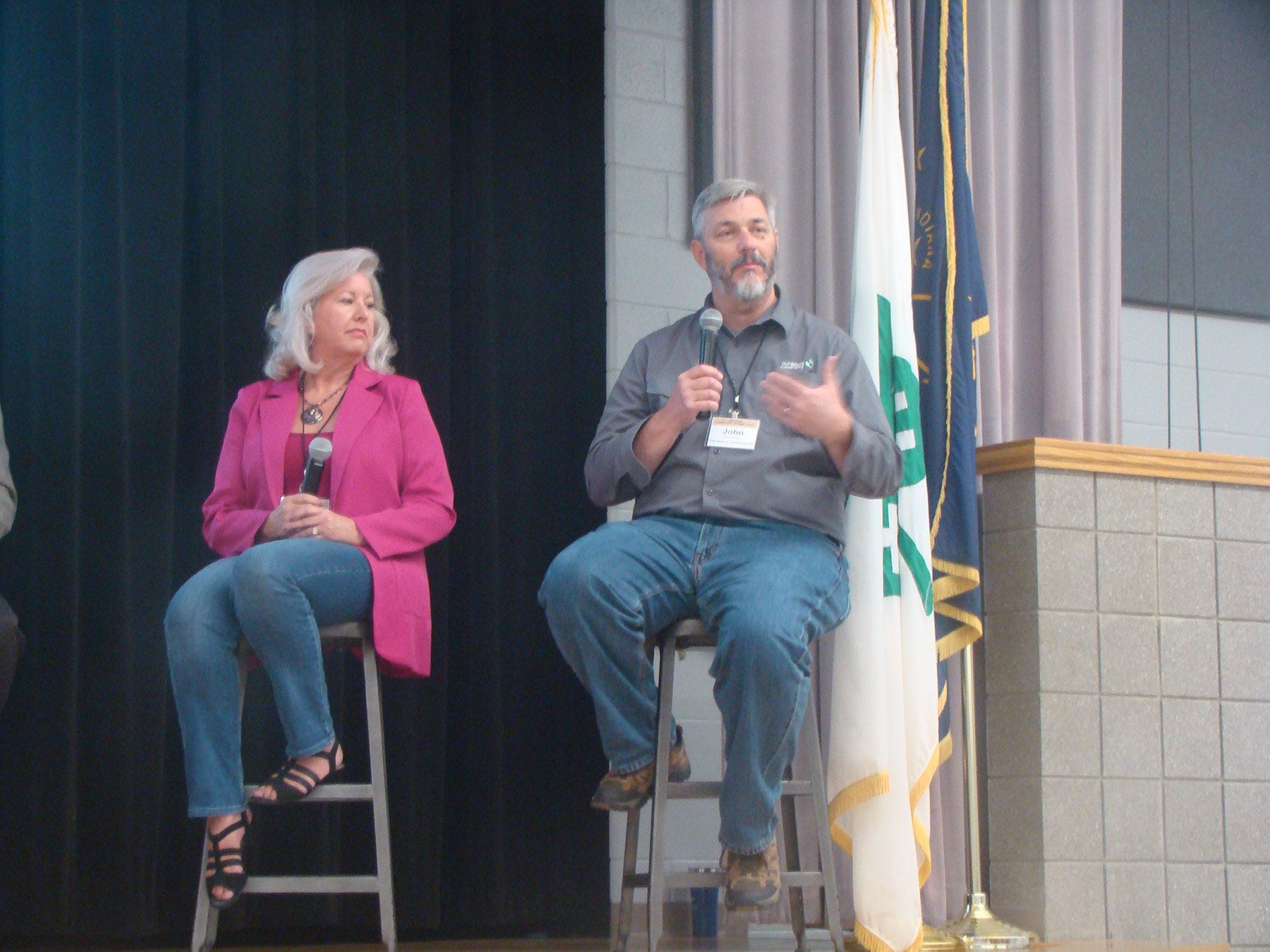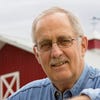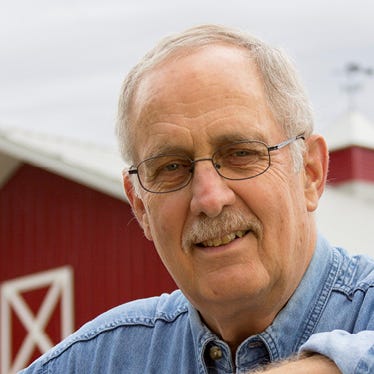October 2, 2023

Development gobbles up thousands of acres of prime Hoosier farmland every year. How to move into the future in ways that balance preserving farmland with economic development was the topic of the recent Indiana Land Use Summit held in Danville, hosted by the Indiana State Department of Agriculture and Purdue University Extension. Panel members representing agriculture, government, development and conservation discussed their views regarding the increasing loss of agricultural land, why it matters, and how to best manage it.
The panel was moderated by ISDA Director Don Lamb, himself a farmer from Lebanon, Ind. The panel included Kendall Culp, R-Rensselaer, a farmer, Indiana Farm Bureau vice president and state representative, representing government and agriculture; Deborah Luzier, senior planner with GRW Engineering, representing development; and John Ketzenberger, with The Nature Conservancy, representing conservation.
Discussion sprang out of Culp’s sponsorship of two bills, both signed into law in 2023. House Bill 1132 created a 13-member land use task force, which held its first meeting recently. House Bill 1157 directed ISDA to conduct an inventory of farmland lost in Indiana from 2010 to 2022, including its new use.

SHARING VIEWS: John Ketzenberger with The Nature Conservancy shares his thoughts about land use planning in Indiana while Deborah Luzier with GRW Engineering waits to speak. (Photo by Darrell Boone)
Here are highlights of the panel’s discussion, starting with questions asked by Lamb:
What do you see as barriers to effective land-use planning?
Culp: One barrier is our attitudes, with some people wanting growth, and some people being adamantly opposed. I know of one example where a community had the opportunity for an attractive industrial project, only to have it be turned down because “it would increase traffic.”
We must be forward thinking, separate emotion from fact, and look not only at today, but 20 years from now. If our communities are not moving forward, they’re going backward. We need good qualities of life, including health care and bridging the digital divide if we want the next generation to come back. We also need local, state and federal officials working together for funding to find solutions to position ourselves for smart growth opportunities.
One thing I want to get out of these two bills is that we can come up with a checklist of what I would perceive as an ideal community, which could become a guide for communities around Indiana.
Luzier: In Indiana, we don’t like to tell people no. Instead, we would rather incentivize things we want to see, including comprehensive planning, where we lay out the future for our communities. Farmland needs to be part of that incentivization. We have funding available for preparing those comprehensive plans. But when it comes to enacting laws and regulations that make that all happen, there’s no funding for developing those laws, or for guidance and education of public officials. That’s where the breakdown and our challenge is.
Ketzenberger: I concur with Ms. Luzier but add that conservation should also be incentivized. We’ve talked a lot about loss of wetlands in Indiana and changes that have come about in the Legislature. We worry about that from a conservation perspective. Why don’t we look for ways to incentivize so that we don’t have friction between developers and other land uses? I recognize that developers are trying to maximize value of that piece of land, but let’s also help them maximize that value by conserving part of it as an amenity. This is an opportunity to change conservation around development in a way where we more fully understand what our desired outcomes are, and how we get to those.
How can different elements of land use — agriculture, government, development and conservation — work together better?
Culp: Collaboration is key. Whether it’s agriculture, state government, local government, industry, Purdue or development, we all need to be partners. Siting is key. Whether it’s a hog building, solar installation or housing development, getting the right project in the right place is huge. From an agriculture perspective, we must realize we have to be pro-development. If we’re going to continue to be efficient, use new technology, and grow our industry, we must have those technologies and developments, as well as growing and vibrant communities to support our industry.
I’ve been surprised by the concern that non-ag folks have about loss of farmland as it pertains to food. Ten or 15 years ago, the debate was about “food vs. fuel.” Now, since the pandemic and empty shelves in grocery stores, that debate has rekindled as “with all this development, where’s our food going to come from?”
Luzier: Yes, collaboration is key. We also need to take a mindset that farmland is not just a placeholder till something better comes along. Farmland is important on its own, and changing that mindset is going to be very important. I’m interested in seeing what the numbers from the task force and inventory of lost farmland will show. We know changes in land use impact remaining farmland and speed up conversion from agricultural to development.
Ketzenberger: I also endorse the collaborative approach, and I believe we have a responsibility now. I hope we can reduce competition and not get caught up in fights that distract us from what’s important — how we have the best circumstances for wherever we are across the state. Hopefully, results of the task force will help us think about land use in ways that will help us balance the various interests and think about land use in a more holistic fashion.
We’re well positioned for well into the future to be a place for people to live. We have water, land and a climate that will continue to sustain those natural resources. The pandemic showed us that people need to reconnect with nature, walk and enjoy the natural state of Indiana. Indiana’s economic future depends on our ability to grow. Our responsibility is to ensure that we understand what we have and plan.
As our population begins to rise, we must have a rational path for dealing with those things and make sure that we have great places to see and visit, and a state that people want to visit and work in. We’re talking one or two generations down the road, but if we take our jobs seriously, this is the time to make those decisions. Rep. Culp’s bills are a concrete sign that we can do that.
About the Author(s)
You May Also Like






